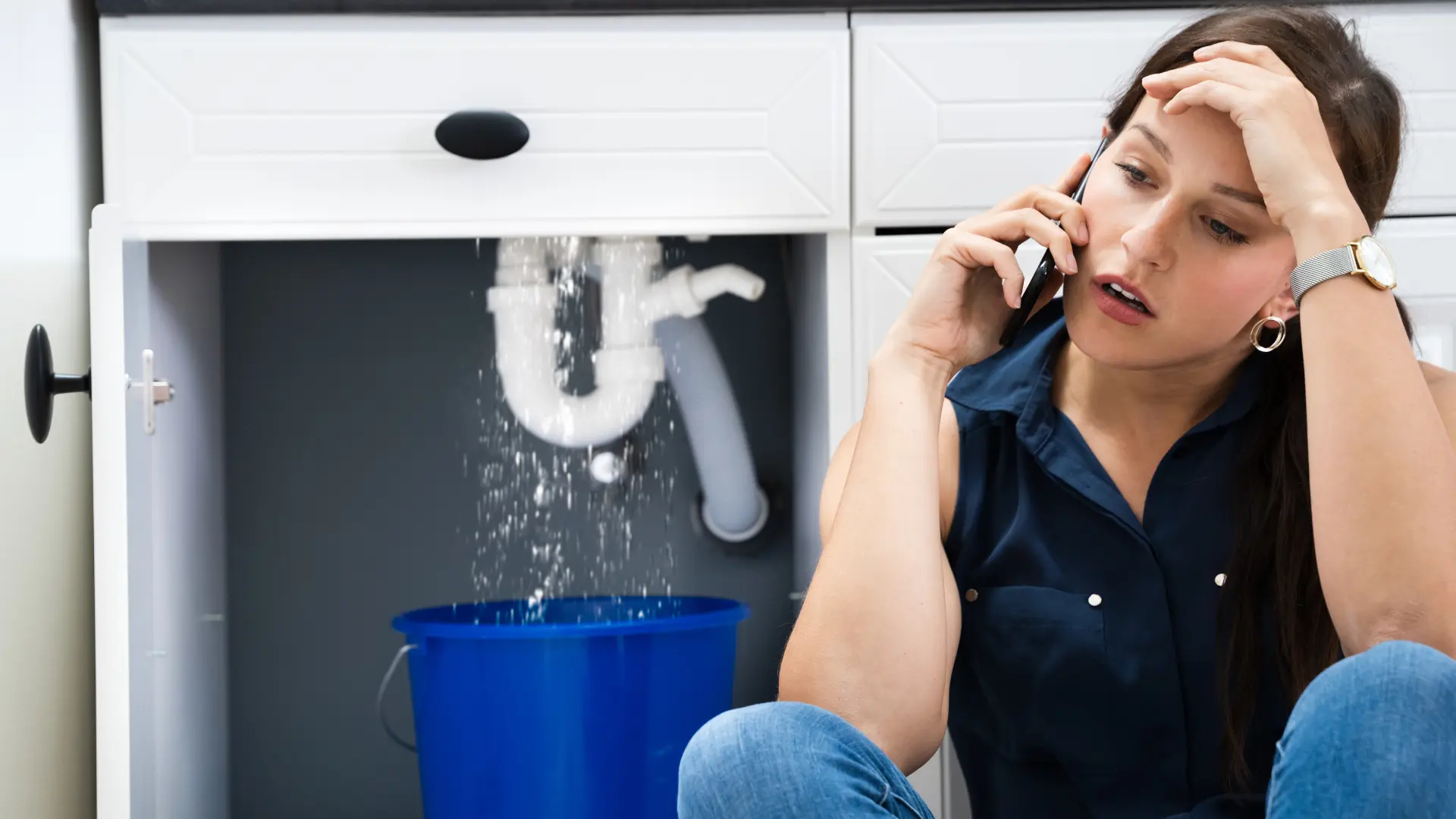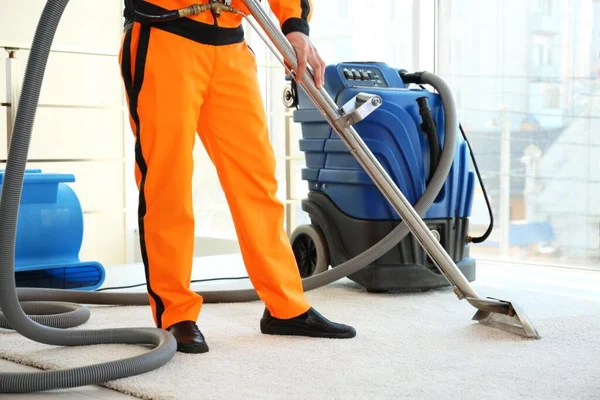
How To Repair Plumbing After Hurricane Or Flood?
Experienced homeowners know first-hand that the distress caused by hurricanes or flooding can be devastating, yet once it passes, the process of assessment begins. Your plumbing system should be one of your top priorities: flood waters can damage pipes, drains, and heaters quickly if left uncovered for long enough, resulting in costly repairs down the line unless taken prompt care of utilizing professional, affordable plumbing service to restore your system efficiently and avoid long-term complications.
The following article will guide you through repairing your infrastructure following an earthquake or deluge. It will also help you determine which areas should be repaired first and when professional assistance should be sought.
1. Assess Damage to Your Plumbing System
After experiencing hurricane or flood-induced damage to your plumbing system, the first thing that should be done is to assess its damages and damage assessment. The use of protective apparel, such as mittens and footwear, is advised due to the presence of bacteria-laden waters in polluted areas, which may contain hazardous organisms that could pose a health risk to both the individual and those in their vicinity.
Key Areas to Inspect:
- Pipes and Drains: Floodwaters can shift the ground beneath your home, potentially causing pipes to shift out of alignment, crack, or disengage altogether. Look out for leaky pipe joints and strange sounds, such as gurgling from drains, which indicate possible problems with them.
- Water Heaters: Water heaters can become particularly susceptible during flooding events. If water levels rise higher than your units, repairs or replacement could become necessary. Look out for signs such as rust, leaky joints, or reduced capacity as indications that repairs or replacement might be required.
- Sewage Lines: Floodwater can enter sewer lines, leading to blockages and backups that lead to backups in drains or yards. A telltale sign of issues in this regard would be any strong odor emanating from drains or yards; keep photos documenting any visible damages for insurance providers or plumbers as you may need this evidence later on.
2. Drain and Clean the Plumbing System
Once floodwaters have entered your plumbing system, it’s crucial that they’re drained off to flush away bacteria, dirt, and debris that could pose health risks and blockages within it. It is, therefore, vital that any standing flood water be removed by draining. Leaving this sediment could introduce harmful organisms that lead to blockages, which in turn threaten further health risks down the line.
Steps For Cleaning Up Your Plumbing System:
First, all faucets and toilets should be flushed out of the system to help flush debris out and dispose of wastewater more easily. Moreover, open any and all doors to allow air flow around them, as this helps remove pollutants such as contaminants in the form of air conditioning systems and indoor cooling units from being blocked up over time by filth accumulation from these services.
- Drain Water Heater: If your water heater was submerged, empty its tank to allow it to dry before consulting with a plumber to determine whether it can be salvaged or needs replacing.
- Use Disinfectant Solutions: Pouring bleach-water solutions such as Clorox into drains to kill off any remaining bacteria will do just fine; just remember to wear protective gear and adhere to any safety guidelines when handling chemicals.
4. Check For Leaks And Repair Broken Pipes
Floodwater can cause pipes to crack, break apart, or become disconnected, resulting in leakage. Inspect all exposed pipes around your house, including those under sinks, in the basement, and around your water heater for possible leaks; repair them as soon as you discover leakage to minimize further water damage and expenses.
Temporary Fixes For Leaks:
- Pipe Clamps: For minor leaks, temporary solutions like pipe clamps may help stop water from escaping until you can contact an affordable plumbing service to make permanent repairs.
- Epoxy Putty: Epoxy putty can be applied directly over small cracks or holes in pipes to temporarily seal leaks, according to product directions and in dry environments. Before use, always ensure you follow these directions exactly and that all applications have occurred according to schedule.
Conclusion
Restoring your plumbing system after a hurricane or flood requires swift action and attention to detail. By following these steps: assessing damage, turning off water and electricity supplies, cleaning out plumbing system components, repairing leaks, and inspecting drains, you can minimize long-term damage while ensuring home plumbing functions smoothly again. Complex or extensive issues requiring extensive repair work or assistance from professional services will provide peace of mind that everything will be taken care of safely.



